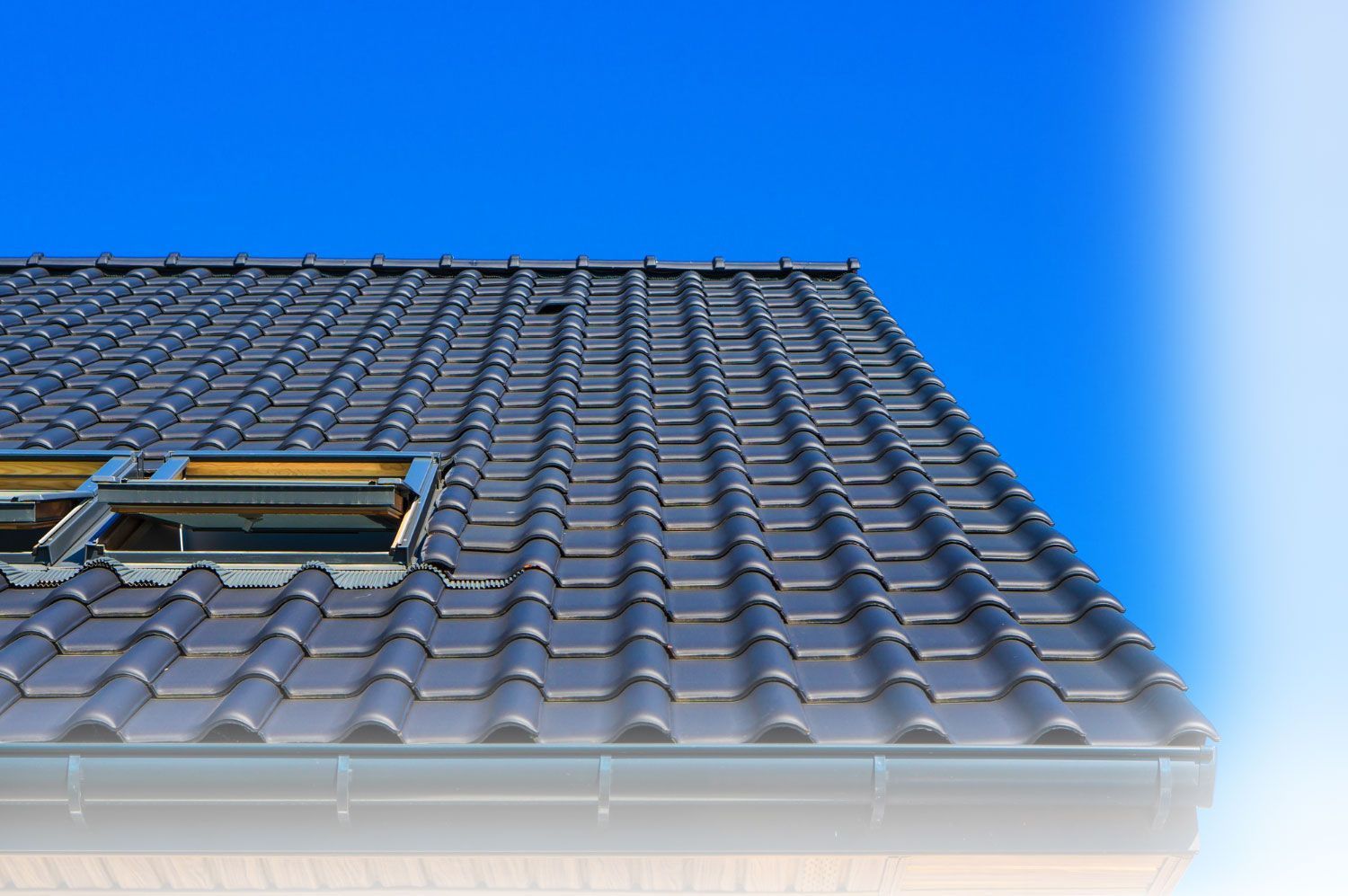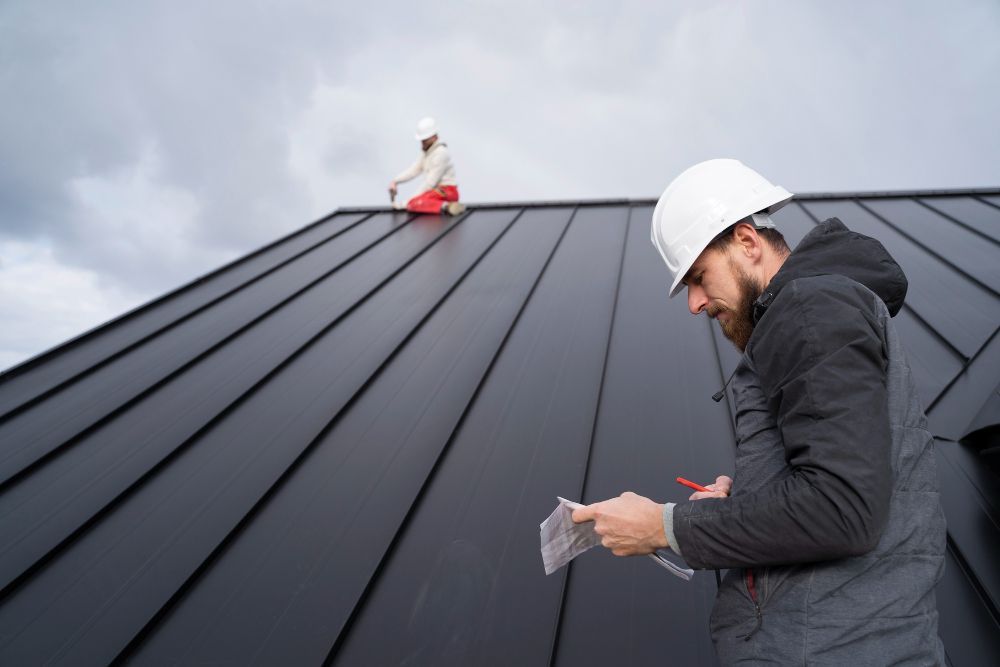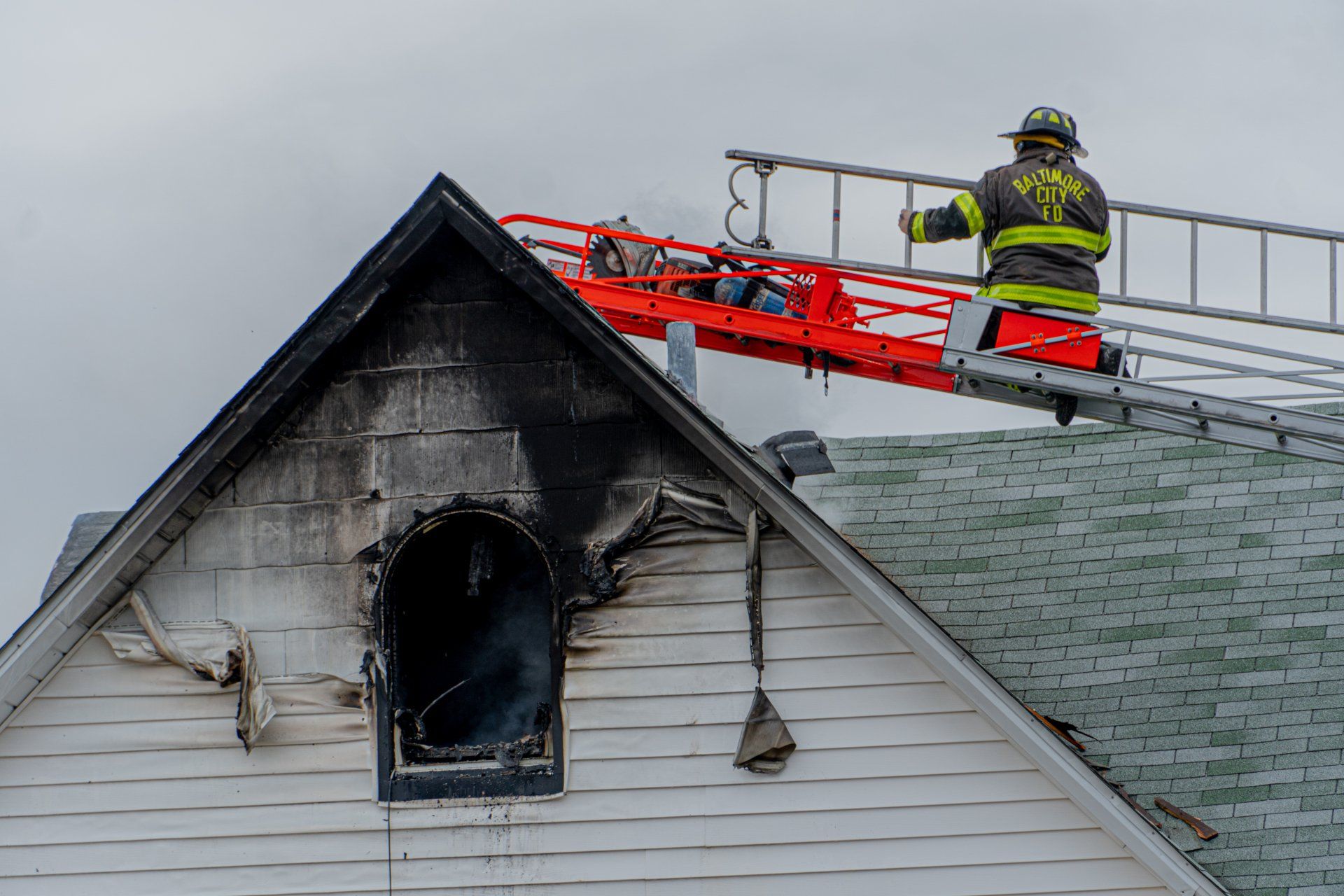Roof Sealants - Everything You Need to Know
Roof Sealants
The roof stands as the frontline defender of a home, enduring the relentless assault of rain, wind, sun, and snow to keep its inhabitants safe and comfortable. However, this constant exposure can lead to wear and tear, resulting in damages like rips, tears, and holes. The remedy for such issues, or even their prevention, lies in the application of roof sealants. But what exactly are roof sealants?
Roof sealants are adhesive coatings designed to form a protective shield over various surfaces of a roof, including chimneys, vents, and flashing. Their primary function is to seal off cracks, gaps, and damaged areas, thus preventing the intrusion of external elements into the home. Whether it's fixing existing leaks or fortifying against future ones, roof sealants play a crucial role in maintaining the integrity of a roof.
These adhesive coatings serve a multitude of purposes within a home. They can mend damaged shingles or flashing, seal openings around fasteners during solar panel installations or chimney repairs, and even contribute to the installation of new roofs by sealing flashing or binding layers of rolled rubber roofing materials.
When it comes to purchasing roof sealant, there are various options available, each with its own application method and composition:
- Liquid roof sealants packaged in one- or five-gallon buckets are ideal for extensive repairs and securing layers of rubber membrane.
- Caulk, available in tubes, proves handy for applying precise beads of sealant during flashing installations or minor repairs.
- Sealant tapes are excellent for patching small areas, particularly beneath shingles or on flat roofs where tears may occur.
- Spray sealants offer quick coverage for surfaces like plywood exposed due to damage, though they typically require additional sealants for comprehensive protection.
Roof sealants can be broadly categorized into water-based and solvent-based variants, each with distinct advantages and drawbacks. Water-based sealants, being thin and cost-effective, are easy to apply and emit fewer odors and volatile organic compounds (VOCs). However, they may require multiple applications and lack the durability of solvent-based sealants, which offer superior weather resistance albeit with a thicker consistency and higher cost.
In terms of types, roof sealants come in various formulations, each tailored to specific needs and preferences:
- Rubber sealants, typically water-based, are affordable and effective at sealing against rain and sunlight.
- Silicone sealants, though expensive, excel in sealing against moisture and UV rays, making them a versatile option.
- Sealant tapes, known for their ease of application, are particularly popular for emergency repairs or leak-prone areas.
- Polyurethane sealants provide excellent waterproofing but degrade relatively quickly under UV exposure.
- Acrylic sealants, while resistant to UV rays, are less effective at waterproofing and better suited for hot, dry climates.
Before selecting a roof sealant, homeowners should consider several factors:
- Water resistance is crucial, especially in areas prone to heavy rainfall or with particular roof designs that may trap water.
- UV protection is essential to ensure longevity, with some sealants better equipped to withstand prolonged exposure to sunlight.
- Lifespan varies depending on application thickness and material type, with reapplication potentially extending the sealant's longevity.
- Ease of application is a significant consideration for DIY projects, with some materials being simpler to apply but requiring more frequent reapplication.
- ISO certification provides assurance of a sealant's quality and suitability for specific environmental conditions, with ratings ranging from C1 to C5 indicating varying levels of resistance to corrosive elements.
In conclusion, choosing the right roof sealant involves weighing various factors such as composition, application method, environmental conditions, and desired longevity to ensure optimal protection and performance for your home's roof.









